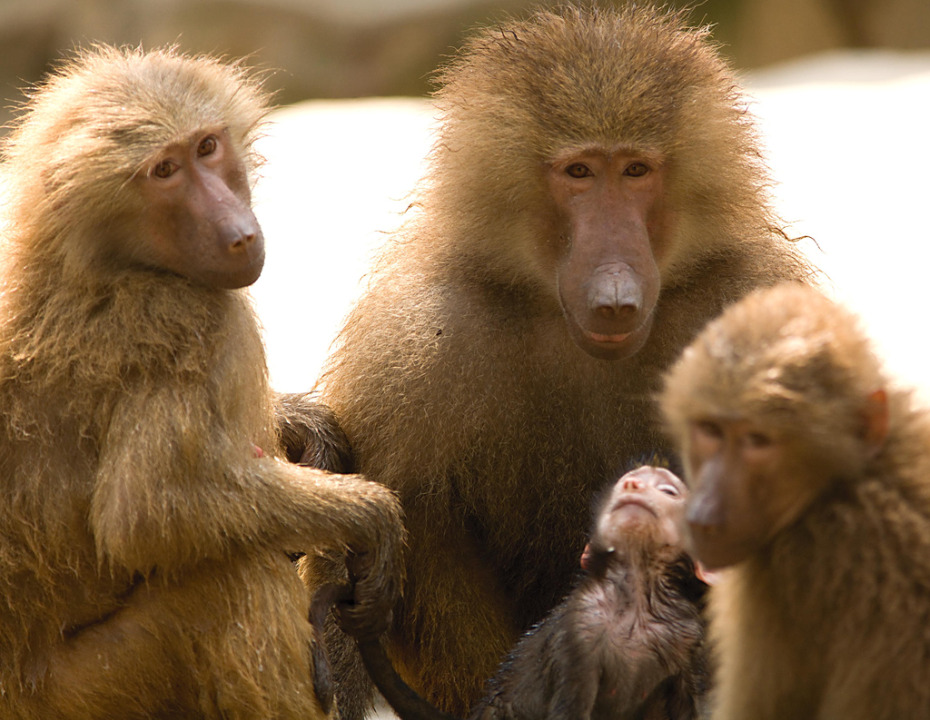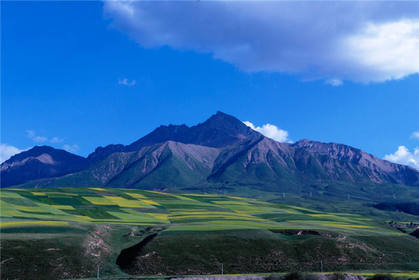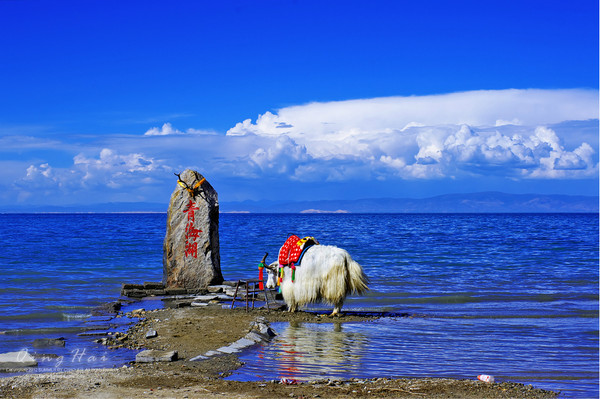The Qinghai-Tibet plateau: refuge of snow leopard for climate change

The Qinghai-Tibet plateau might be the refuge of snow leopard after 2070 for climate change, according to the latest report.
Only one third of the current habitat areas of the snow leopard will be able to resist the effects of climate change and may be the shelter for snow leopards after 2070, by the analysis of historical data to predict the future climate conditions, reported by an American researcher at University of California, Berkeley (UCB) in the new issue of the journal Conservation Biology.
The warming climate is changing the environment of the Qinghai-Tibet plateau which is one of the major reasons for the constant habitat loss of the endangered snow leopards.
The rising speed of temperatures in the Qinghai-Tibet plateau is twice as the average speed in other places in the northern hemisphere.
One of the effects of the climate change is that the habitat areas of snow leopard is decreasing and being fragmented day by day which threatens the survival of the species.
The snow leopards, at the top of plateau food chain, play a decisive role in keeping balance of the local ecosystem.
The study on how to cope with the challenges brought by climate change is of highly necessity for protecting the local nature environment as well as the snow leopard and other species that rely on it for survival, states the researcher at UCB.
The research indicates that the habitat areas of snow leopards has experienced remarkably expansion, reduction as well as fragmentation during different phases of climate change.
According to these historical changes, the researcher, by computer model, discovered that three habitat areas of the snow leopard could maintain stability facing climate change in the past.
They are likely to be able to keep in good condition for the future climate change and become the shelters for the snow leopard to combat climate change and survive.
The three areas are distributed in the Altai Mountains, the Qilian Mountains, the Pamir Mountains, the Hindu Kush, and the Karakorum Mountain Range. These areas account for 35% of the current snow leopard living area.
According to the researchers' analysis, the reasons that the areas could endure the totally different impacts of climate change is mainly attributed to the local unique mountainous environment and the relatively stable arid and semi-arid climates.
Although these three asylums are the fortunate for the snow leopard's survival, the research discovered that the situation of the other 65% of habitat areas is worrying.
For example, the snow leopard's habitat areas in the Himalayan Mountains and the Hengduan Mountains are especially vulnerable to the effects of climate change.
Your Comment
Name E-mailRelated News
-
;
-
-

-
Qinghai-Tibet Plateau now home to tropical baboon
The first Hamadryas baboon born on the Qinghai-Tibet Plateau is thriving in a zoo in Xining, capital of northwest China's Qinghai Province.
-
-
-

-
Researches show groundwater reserves on Qinghai-Tibet Plateau incr
Researches show that groundwater reserves on Qinghai-Tibet Plateau are on the rise, Xinhua reported.
-
-
-

-
Qinghai commences high plateau eco-tourism festival
Recently Qinghai Province commenced an eco-tourism festival, Xinhua reported.
-
Based in Lhasa, Tibet Vista is a Tibet travel agency that specialized in Tibet permit, and Tibet tours for both private and group travelers at a local price!
•4 Days Lhasa City Group Tour from USD 460 •8 Days Everest Base Camp Group Tour from USD 850 •15 Days Mt.Kailash Group Tour from USD 1780 •2016 Tibet Train Tours from Beijing, Shanghai, Chengdu, Xining,etc










